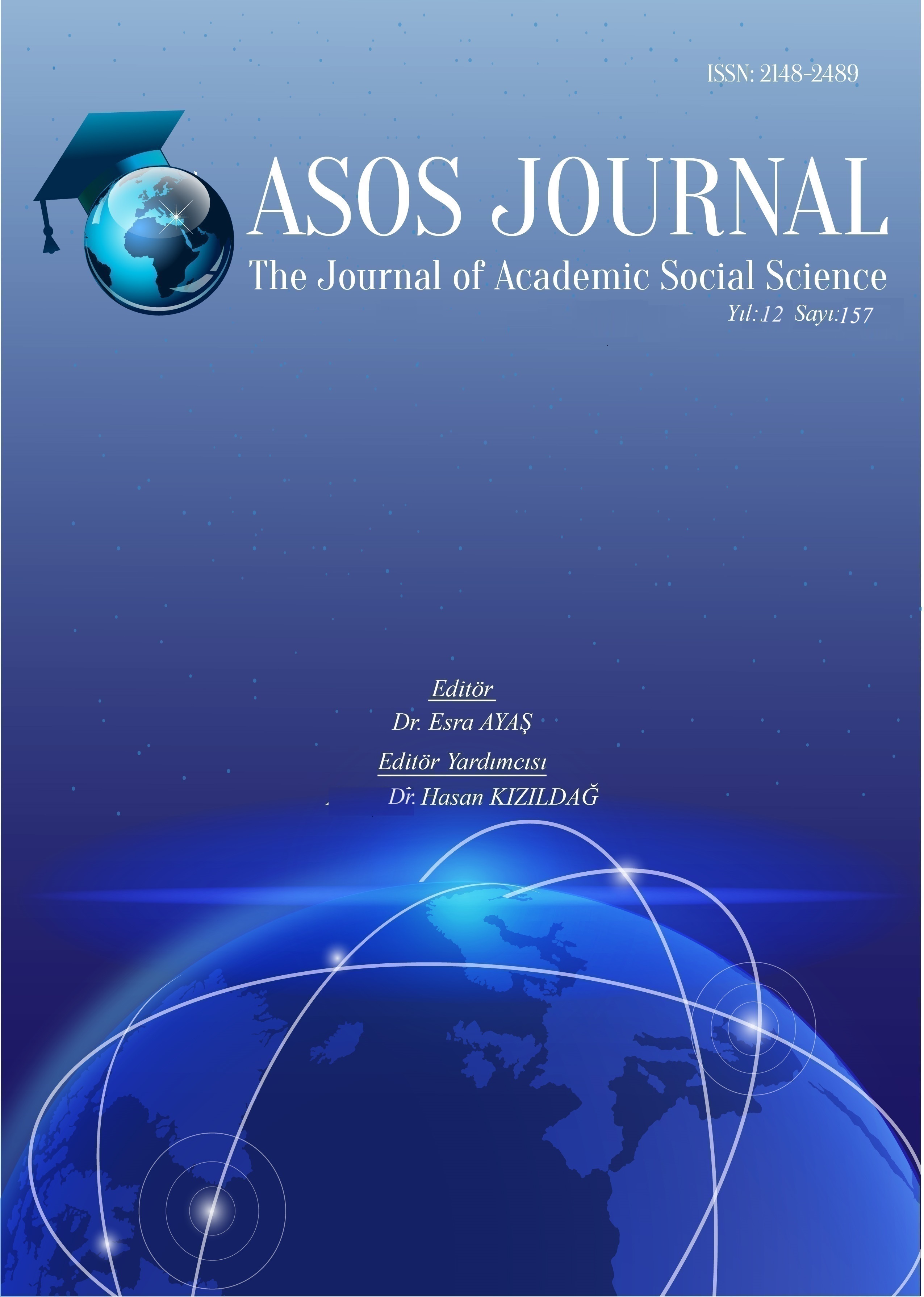Author :
Abstract
1982 Anayasası'na göre, herkes sağlıklı ve dengeli bir çevrede yaşama hakkına sahiptir. Bu hüküm, yaşam hakkının ancak sağlıklı ve dengeli bir çevrede gerçekleşebileceğini düzenlemektedir. Çevre hakkı, Avrupa İnsan Hakları Sözleşmesi'nde düzenlenmediği için Avrupa İnsan Hakları Mahkemesi içtihatlarında Sözleşme’nin 8. maddesi olan özel yaşam ve aile yaşamına saygı hakkı ile yaşam hakkını düzenleyen 2. maddesi aracılığıyla dolaylı olarak korunmaktadır. Çevre kirliliği oluşturabilecek hususlar teknolojinin gelişmesiyle birlikte daha farklı biçimlerde karşımıza çıkmaktadır. Bu bağlamda genişletici yorum yapan AİHM’nin, sağlıklı ve dengeli bir çevrede yaşam hakkını 8. madde çerçevesinde değerlendirmesi, gündeme gelebilecek diğer kirlilik türlerinin de söz konusu hak çerçevesinde ele alınabileceğini göstermektedir. Netice itibarıyla AİHM'nin, içtihatları ile çevrenin korunmasına yönelik yaptığı bu katkının giderek daha etkili bir hale gelmesi ise umut vericidir
Keywords
Abstract
According to the 1982 Constitution, everyone has the right to live in a healthy and sustainable environment. This provision regulates that the right to life can only be realised in a healthy and sustainable environment. Since the right to environment is not regulated in the European Convention on Human Rights, it is indirectly protected in the case law of the European Court of Human Rights through article 8 of the Convention, the right to respect for private and family life, and article 2 which regulates the right to life. With the development of technology, problems that can lead to environmental pollution arise in different forms. In this context, the ECHR's expansive interpretation of the right to live in a healthy and sustainable environment under article 8 shows that other types of pollution can also be addressed within the framework of this right. As a result, it is promising that the ECHR's contribution to the protection of the environment through its jurisprudence is increasingly effective.





